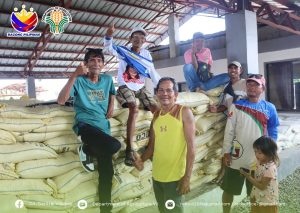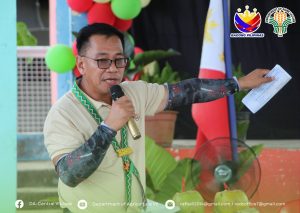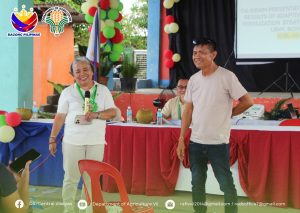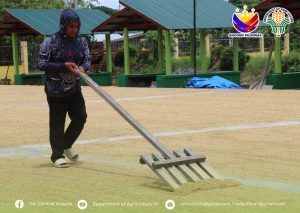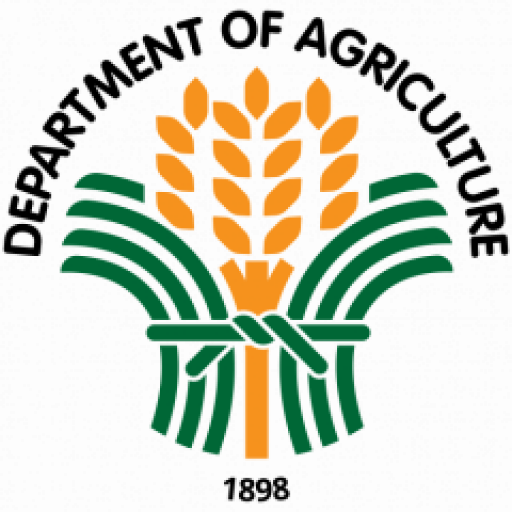A 100-hectare rice model farm adopting the balanced fertilization strategy (BFS) conducted by the Department of Agriculture-Bureau of Soils and Water Management (DA-BSWM) together with the DA-Central Visayas, held a field day and harvest festival yesterday, May 14, 2025 at Barangay Gabi, Ubay, Bohol.
The model farm showcased the technology on Adaptive Balanced Fertilization Strategy (ABFS), spanning the barangays of Gabi, Governor Boyles, and Lumangog.
ABFS is a component of the National Soil Health Program (NSHP) under DA-BSWM, which is a science-based farming approach that integrate both organic and inorganic fertilizers, as it addresses the specific nutrient needs of crops and soil, resulting in improved soil health, increased productivity, and sustainable farming practices.
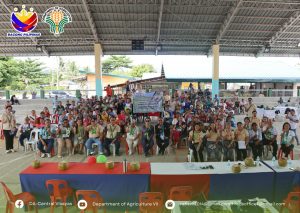
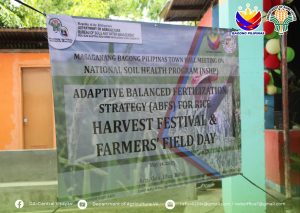
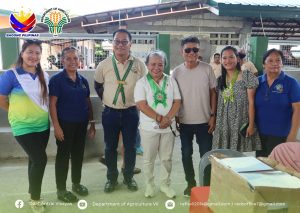
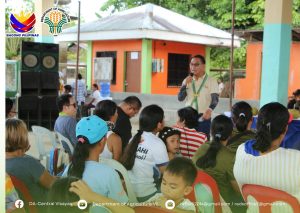
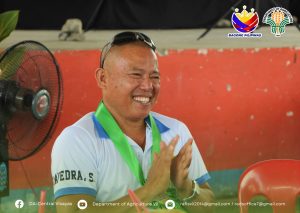
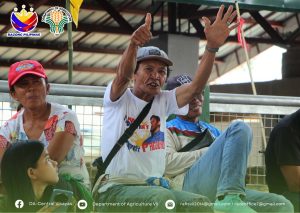
DA7 Regional Executive Director Angel C. Enriquez, in her message, encouraged farmers to adopt the technologies and share their learnings with other farmers from other municipalities. She also challenged Roman Dabalos, the DA7 APCO Bohol and the rice program implementer to replicate and implement the ABFS across other municipalities in the Province of Bohol.
In an interview with Leolito D. Siase, DA-BSWM Supervising Science Research Specialist, prior to the ABFS adoption for 2024 Dry Season (DS), said some members of the GBL Irrigators Association had an average yield of 3.18 tons/hectare. After adopting the ABFS, their average yield increased to 4. 52 ton/ha.
Based on the crop cut data, it revealed significant yield improvements in rice areas where the ABFS was implemented, to which, for upstream areas, it showed a yield of 5.92 tons/hectare, the midstream areas gave a yield of 7.20 tons/hectare, while the downstream gave a 6.12 tons/hectare
Elizabeth M. Curiba, a 47-year-old member of the GBL Irrigators Association with 15 years of experience in rice farming, shared her experiences in adopting the Balanced Fertilization Strategy.
“Gisunod namo ang pamaagi ug mga protocol sa ABFS, ug nindot kaayo ang resulta kay nagtugma kini sa eksaktong gidaghanon sa abot. Sa akong usa ka hektarya, nakaabot kini og 5.5 t/ha. Nalipay ko kay epektibo ang mga estratehiyang ilang gitudlo.”
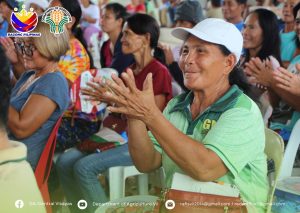
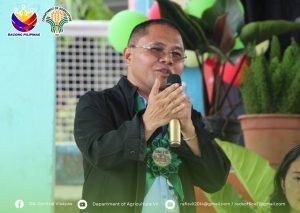
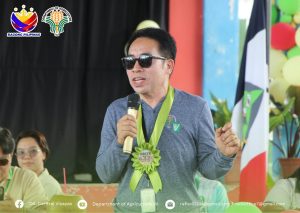
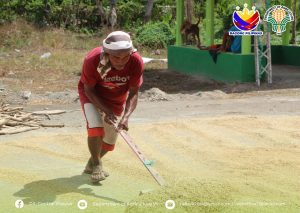
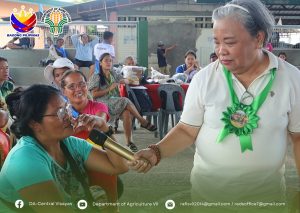
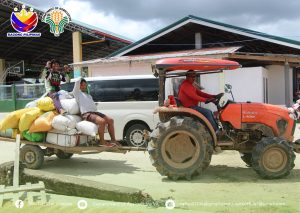
(We followed the procedures and protocols of ABFS, and the results were very good because they matched the exact yield. With my one-hectare farm, it reached 5.5 tons/ha. I am happy because the strategies they taught were effective.)
Elizabeth also explained how her previous reliance on inorganic fertilizers became costly and unsustainable: “Kaniadto, magsige lang ko’g gamit og inorganic fertilizer. Sa akong naobserbahan, sa sige nako’g gamit niini (inorganic), magkataas ug magkataas ang kinahanglan nga input kada ektarya. Nagsugod kog apply og 10 ka sako, dayon nahimong 12, hangtod niabot og 14 ka sako kada ektarya. Dako kaayo ang gastos, pero ang abot pareho ra gihapon. Karon nga among gigamit ang estratehiya nga gihatag sa BSWM, mas nidako ang kadaghanon sa abot, apan mas mubo na ang gastos,” she added,
(Before, I constantly used inorganic fertilizer. From what I observed, the more I used it, the higher the required input per hectare. I started with 10 sacks, then 12, until it reached 14 sacks per hectare. The expenses were very high, but the yield remained the same. Now that we’re using the strategy provided by BSWM, the yield increases and the expenses were lower)
The event gathered stakeholders from DA-attached agencies, including the National Irrigation Administration (NIA 7), Philippine Rice Research Institute (PhilRice 7), as well as representatives from the Office of the Provincial Agriculture (OPA), the Municipal Agriculture Office of Ubay, and the GBL Irrigators Association Inc.

